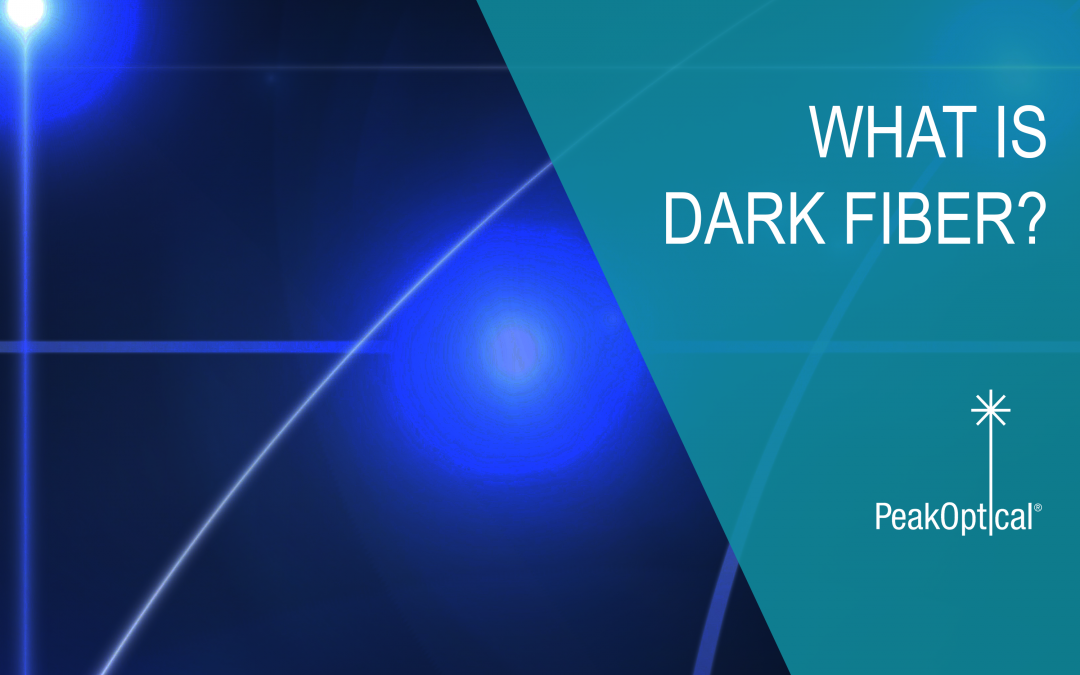Have you ever heard about dark fiber? Traditionally, the term refers to a dark or unused network infrastructure. In fiber optic networks, when data is being transmitted, light is passed through the cables. If no data is being transported, there are no light waves traveling along the cable, therefore the fiber is dark. Simple, isn’t it?
In the beginning, many companies had the tendency to future-proof their fiber optic networks by installing more cabling than what was actually needed for their current requirements, just to be prepared in case they will face an exponential data growth. Because of this overestimation and some technological developments concerning the way data is being packed, many fiber optic networks are not used at their fullest capacities. Therefore, dark fibers were created to take advantage of this extra capacity.
At the moment, dark fiber can be leased from the network providers and operators. Clients will use the dark fiber lines to create their own privately-operated optical fiber network. Dark fiber networks are separated from the main network they and are controlled by the client.
Dark fiber provides high levels of performance, security and superfast speeds. They can be set up in multiple ways, including point-to-point or point-to-multipoint configurations, or even dark fiber rings.
Dense Wavelength Division Multiplexing – DWDM (where multiple data signals are being transmitted at the same time over the same optical fiber) has been essential in the development of the dark fiber. Even if the signals are transmitted at the same time, they use different wavelengths to keep the data signals separate. DWDM helps in increasing the bandwidth and allows a bigger volume of data to be transported via optical fiber.
Because of the use of DWDM, the dark networks have a higher capacity, require less power and is generally more immune to interference than traditional networks.
*This post is part of the series ”PeakOptical Fiber Optic Definitions”. The articles that are to come have the purpose of explaining the general terms used in the field of fiber optics.
Source: Interoute


